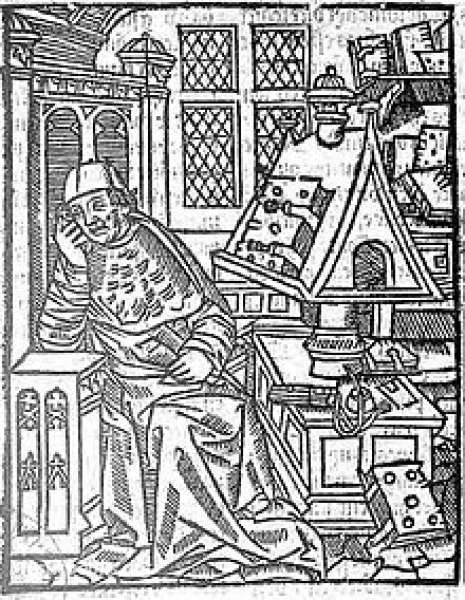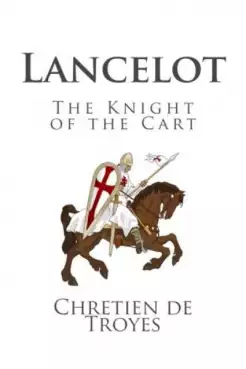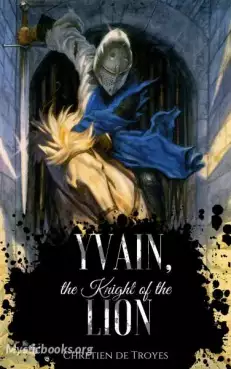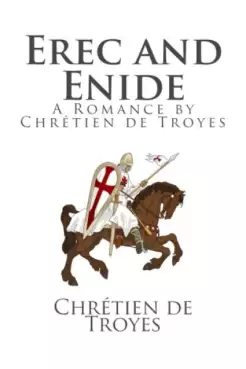
Timeline
Title
Country/Nationality
Chretien de Troyes
Chrétien de Troyes was a French poet and trouvère known for his writing on Arthurian subjects, and for first writing of Lancelot, Percival and the Holy Grail. Chrétien's works, including Erec and Enide, Lancelot, Perceval and Yvain, represent some of the best-regarded of medieval literature. His use of structure, particularly in Yvain, has been seen as a step towards the modern novel.
Little is known of his life, but he seems to have been from Troyes or at least intimately connected with it. Between 1160 and 1172 he served (perhaps as herald-at-arms, as Gaston Paris speculated) at the court of his patroness Marie of France, Countess of Champagne, daughter of King Louis VII and Eleanor of Aquitaine, who married Count Henry I of Champagne in 1164. Later, he served the court of Philippe d'Alsace, Count of Flanders.
Chrétien's works include five major poems in rhyming eight-syllable couplets. Four of these are complete: Erec and Enide (c. 1170); Cligès (c. 1176); Yvain, the Knight of the Lion; and Lancelot, the Knight of the Cart, the latter two written simultaneously between 1177 and 1181. Yvain is generally considered Chrétien's most masterful work. Chrétien's final romance was Perceval, the Story of the Grail, written between 1181 and 1190, but left unfinished, though some scholars have disputed this. It is dedicated to Philip, Count of Flanders, to whom Chrétien may have been attached in his last years. He finished only 9,000 lines of the work, but four successors of varying talents added 54,000 additional lines in what are known as the Four Continuations. Similarly, the last thousand lines of Lancelot were written by Godefroi de Leigni, apparently by arrangement with Chrétien. In the case of Perceval, one continuer says the poet's death prevented him from completing the work; in the case of Lancelot, no reason is given. This has not stopped speculation that Chrétien did not approve of Lancelot's adulterous subject (in which case he seems unlikely to have invented Lancelot).
There are also several lesser works, not all of which can be securely ascribed to Chrétien. Philomela is the only one of his four poems based on Ovid's Metamorphoses that has survived. Two short-lyric chansons on the subject of love are also very likely his, but the attribution of the pious romance Guillaume d'Angleterre to him is now widely doubted. It has also been suggested that Chrétien might be the author of two short verse romances titled Le Chevalier à l'épée and La Mule sans frein, but this theory has not found much support. Chrétien names his treatments of Ovid in the introduction to Cligès, where he also mentions his work about King Mark and Iseult. The latter is presumably related to the legend of Tristan and Iseult, though Tristan is not named. Chrétien's take on Tristan has not survived, though in the introduction of Cligès, Chrétien himself says that his treatment of Tristan was not well received, possibly explaining why it does not survive. Chrétien's works are written in vernacular Old French, although it is marked by traits of the regional Champenois dialect (which is still fairly similar to the "standard" French of Paris).
Books by Chretien de Troyes

Lancelot, or The Knight of the Cart
Lancelot, the Knight of the Cart is a 12th-century Old French poem by Chrétien de Troyes, although it is believed that Chrétien did not complete the text himself. It is one of the first stories of the Arthurian legend to feature Lancelot as a promine...

Yvain, or the Knight with the Lion
Yvain, the Knight of the Lion is an Arthurian romance by French poet Chrétien de Troyes. It was written c. 1180 simultaneously with Lancelot, the Knight of the Cart, and includes several references to the narrative of that poem. It is a story of knig...

Erec and Enide
Erec and Enide tells the story of the marriage of the titular characters, as well as the journey they go on to restore Erec's reputation as a knight after he remains inactive for too long. Consisting of about 7000 lines of Old French, the poem is one...